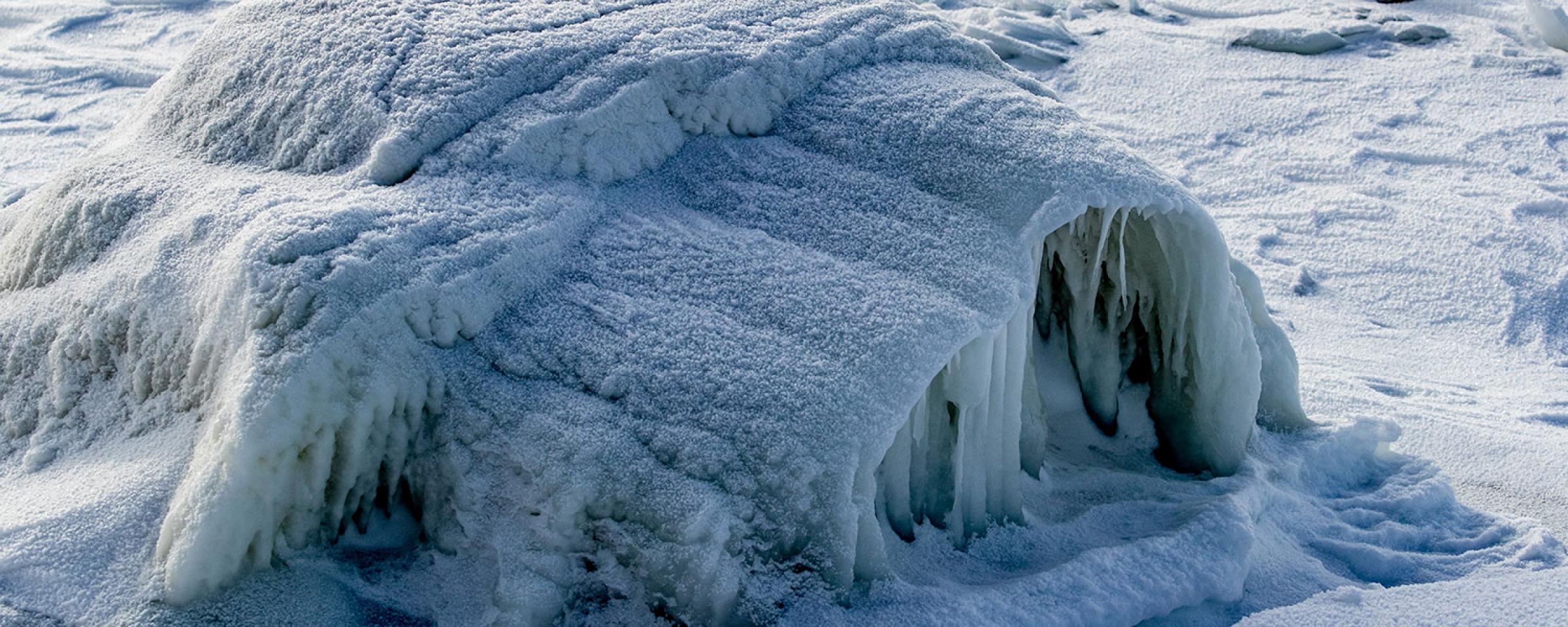
Back Cast
I worked with a newspaper reporter years ago who proudly hung his hat and young career on a two-word headline that warned readers of an impending winter storm that promised inches of snow, strong winds and falling temperatures.
The “Brace Yourselves” headline ran on the front page above the fold in large type that barked at passing readers through the windows of the yellow newspaper boxes. His two-word alarm was simple, to the point and, most importantly, accurate. Lots of snow fell, the wind blew, and it was cold.
I’ve been considering that headline of late, thinking we could have used a similar warning in, say, late January as, unknowingly, one of the cruddiest Februarys on record waited its turn.
Some of the February fallout in Bismarck was 23 days of at least a trace of snow, making it the sixth snowiest on record; there were six days the temperature never got above zero and there were eight days where highs only reached the single digits; and 23 of the month’s 28 nights saw temperatures below zero.
And to think, February, which opened the month with a high of 42 degrees above zero, started out with such promise.
February, and North Dakota’s other lean months, certainly combined to influence the well-being of North Dakota’s natural resources.
While reports of lakes winterkilling across the state didn’t surprise Game and Fish Department fisheries managers, what maybe gave them pause was the number that suffered partial and complete kills.
“We’re maybe looking at more than 60 winterkill waters,” said Scott Gangl, Department fisheries management section leader. “It’s was just one of those winters.”
About 80-85 percent of the waters that suffered setbacks were fisheries that have a history of winterkill during times of difficult conditions.
Winter 2018-19 certainly qualified as difficult.
“While those lakes that fall into that category are not surprises, there are going to be some huge disappointments … about 15 percent of huge disappointments,” Gangl said.
Pipestem Reservoir is one of them. Going into winter, Game and Fish Department fisheries managers reported the popular Stutsman County fishery to have abundant pike and crappie populations, with moderate numbers of walleye.
In early March, reports of “significant to total winterkill likely” were far less promising for Pipestem.
Winterkill is the die-off of fish caused by low oxygen. When lakes freeze, fisheries biologists say, the water cannot absorb atmospheric oxygen. And when snow covers the ice, it blocks sunlight from reaching underwater plants where it’s needed for photosynthesis to create oxygen. If these conditions occur, the oxygen in the water is depleted until there is not enough for fish to survive.
Gangl said that while declining lake levels, or the loss of fish habitat, the last few years also contributed to the fall of the dozens of fisheries, the feet of snow that covered these waters and surrounding landscape in winter will eventually melt into a positive.
“The runoff from the snow cover will replenish some of these waters,” he said. “It’s just that this precipitation will come at the expense of those lakes that winterkilled.”
